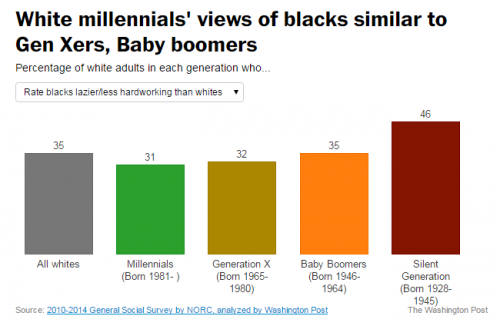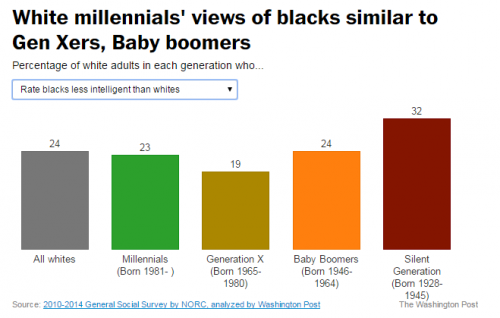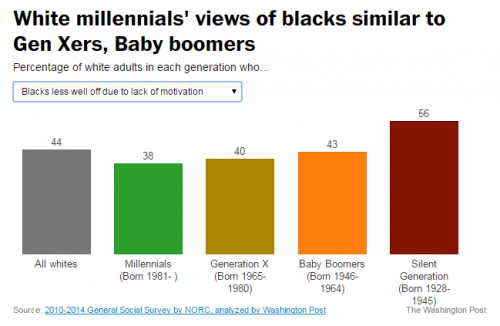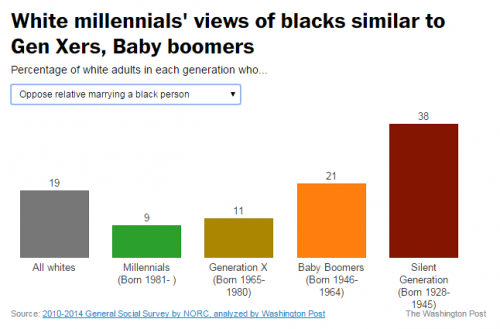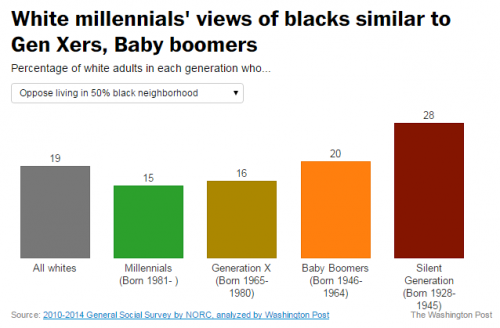Presumably many of you have heard about the controversy that has arisen about a conversation between Laura Schlessinger (aka Dr. Laura) and a female African American caller. Corina C. sent in some links to posts on the topic. Trigger warning for harsh, racist language.
Here’s a recording of the conversation (found at Media Matters) in which Schlessinger responds to the caller’s concerns about comments from her White husband’s friends and relatives by suggesting she is “hypersensitive” and isn’t in a position to be concerned about comments she considered racist because “Turn on HBO, listen to a black comic, and all you hear is nigger, nigger, nigger”:
Selected parts of the transcript:
CALLER: I was a little caught back by the N-word that you spewed out, I have to be honest with you. But my point is, race relations —
SCHLESSINGER: Oh, then I guess you don’t watch HBO or listen to any black comedians.
…
SCHLESSINGER: Yeah. We’ve got a black man as president, and we have more complaining about racism than ever. I mean, I think that’s hilarious.
…
SCHLESSINGER: Chip on your shoulder. I can’t do much about that.
CALLER: It’s not like that.
SCHLESSINGER: Yeah. I think you have too much sensitivity —
CALLER: So it’s OK to say “nigger”?
SCHLESSINGER: — and not enough sense of humor.
…
SCHLESSINGER: …You know what? If you’re that hypersensitive about color and don’t have a sense of humor, don’t marry out of your race. If you’re going to marry out of your race, people are going to say, “OK, what do blacks think? What do whites think? What do Jews think? What do Catholics think?”…And what I just heard from Jade is a lot of what I hear from black-think — and it’s really distressting [sic] and disturbing. And to put it in its context, she said the N-word, and I said, on HBO, listening to black comics, you hear “nigger, nigger, nigger.” I didn’t call anybody a nigger. Nice try, Jade. Actually, sucky try. Need a sense of humor, sense of humor — and answer the question. When somebody says, “What do blacks think?” say, “This is what I think. This is what I read that if you take a poll the majority of blacks think this.” Answer the question and discuss the issue…Ah — hypersensitivity, OK, which is being bred by black activists. I really thought that once we had a black president, the attempt to demonize whites hating blacks would stop, but it seems to have grown, and I don’t get it.
There are a number of things going on here. In Racism without Racists: Color-Blind Racism and the Persistence of Racial Inequality in the United States, Eduardo Bonilla-Silva discusses the various ways that Whites, in particular, downplay racial discrimination through a number of rhetorical and discursive strategies, several of which Schlessinger draws on in this exchange. For instance, she naturalizes the behavior the caller is concerned about: if you marry someone of another race, you just have to accept that their friends and family are going to consider you a representative of your entire race and constantly interact with you through the lens of your racial/ethnic background. That’s just to be expected, and if it starts to bother you, you’re “hypersensitive.” In fact, you ought to be sure and constantly educate yourself about all social trends as they relate to African Americans, so that if someone has any questions about what “Blacks think,” you can quickly tell them.
Think about the level of mental energy that is being expected here. Schlessinger is saying that it is the responsibility of minorities to know what members of their race/ethnicity think, in the aggregate, about whatever topic anybody else might want to know. I, as a White woman, am not expected to be able to provide, at the drop of a hat, data on Whites’ opinions about anything. (Though I do find that people who find out I’m a sociologist often think I must have insight into every aspect of social life, leading to questions such as, “My sister-in-law likes to _____. What do you think causes that?” or “So what do you think _____ will be like in 50 years?”, neither of which I am usually prepared to address in the middle of getting some potato salad at a picnic or buying a soda at the gas station.) The underlying argument here is that it is minorities’ responsibility to patiently educate Whites about things related to non-Whites, and an unwillingness to take on that role is evidence that you have a “chip on your shoulder.”
Another frame Schlessinger draws on is the minimization of racism: we have a Black president now, so racism’s totally over. What’s your problem?
Schlessinger is also holding all members of a racial group responsible for the actions of any of them. She argues that the routines of some Black comedians invalidates this individual African American woman’s right to be upset by racialized language in any context. It doesn’t matter whether this woman approves of the comedians’ comments — or has ever heard any of them; all African Americans are treated as an undifferentiated group, and the behavior of some revokes the rights of any others to bring up issues they find problematic.
In an interview with The Hollywood Reporter, Schlessinger hints at another rhetorical strategy, the “some of my best friends are _____ and thus I can’t possibly be racially prejudiced” argument:
I went out to dinner with three friends after Larry King. One of my friends who is gay is sitting there with another friend who is black, and he looks up and says, “I wonder what the media would do with this? You’re with a black guy and a gay guy.” We laughed, because we all understand what this is really about — censoring a point of view.
So there you have it: a round-up of ways to frame non-Whites as overly sensitive and unilaterally responsible for improving race relations.
UPDATE: The comments section is closed. There were still a lot of people commenting, but much of it had descended into name-calling and accusations, and I can’t keep up with all of them to catch the truly offensive ones. I may reopen comments in 48 hours after a cooling-off period.



